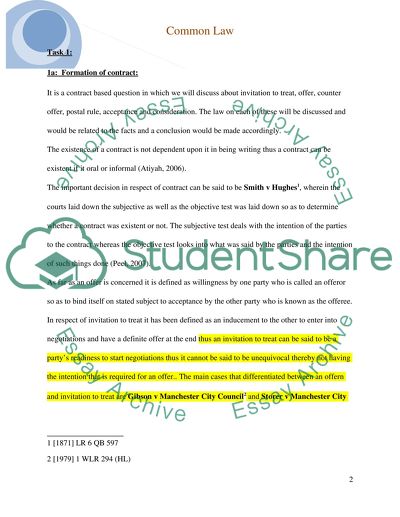Cite this document
(“Common Law Essay Example | Topics and Well Written Essays - 3750 words”, n.d.)
Retrieved de https://studentshare.org/law/1390422-common-law
Retrieved de https://studentshare.org/law/1390422-common-law
(Common Law Essay Example | Topics and Well Written Essays - 3750 Words)
https://studentshare.org/law/1390422-common-law.
https://studentshare.org/law/1390422-common-law.
“Common Law Essay Example | Topics and Well Written Essays - 3750 Words”, n.d. https://studentshare.org/law/1390422-common-law.


